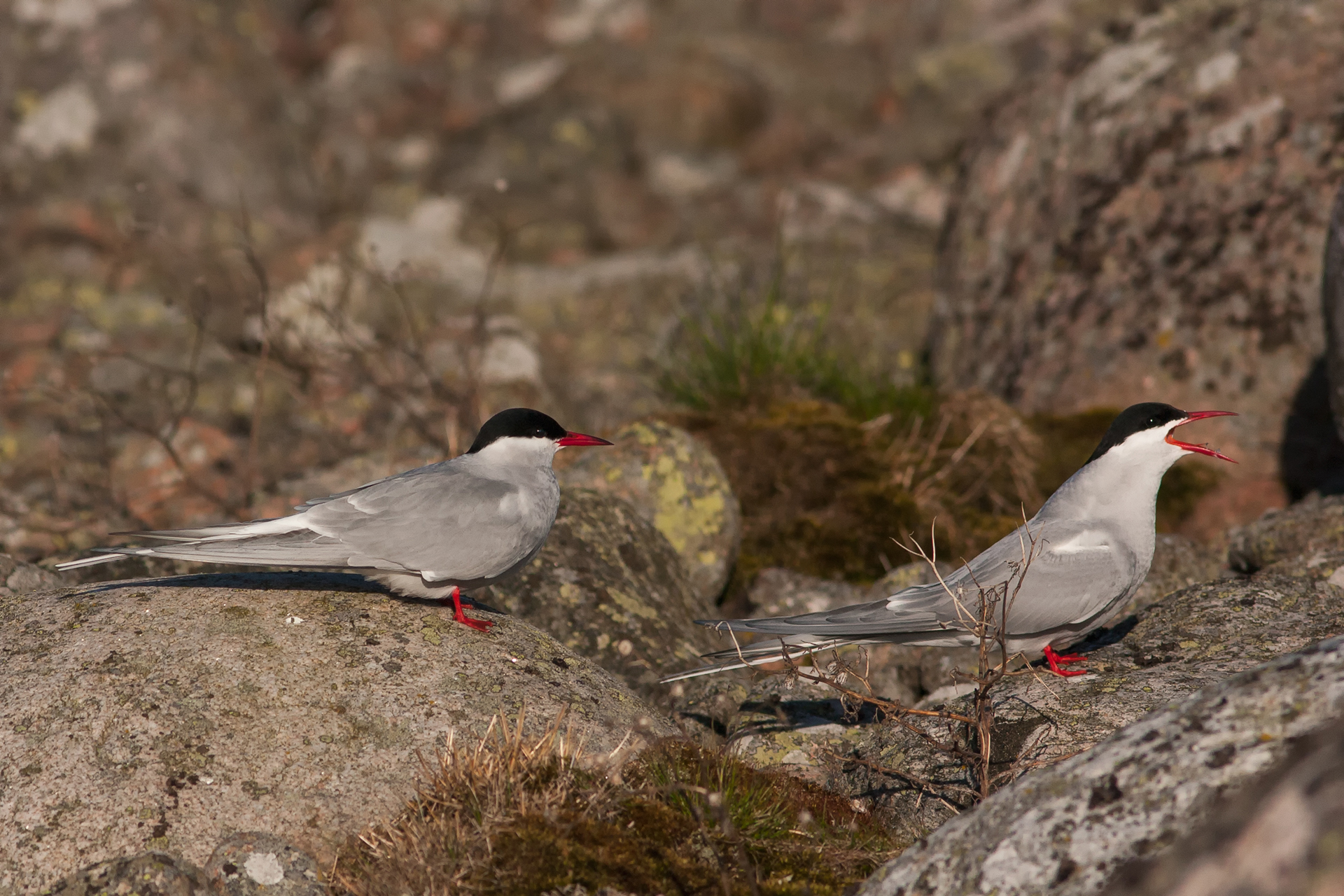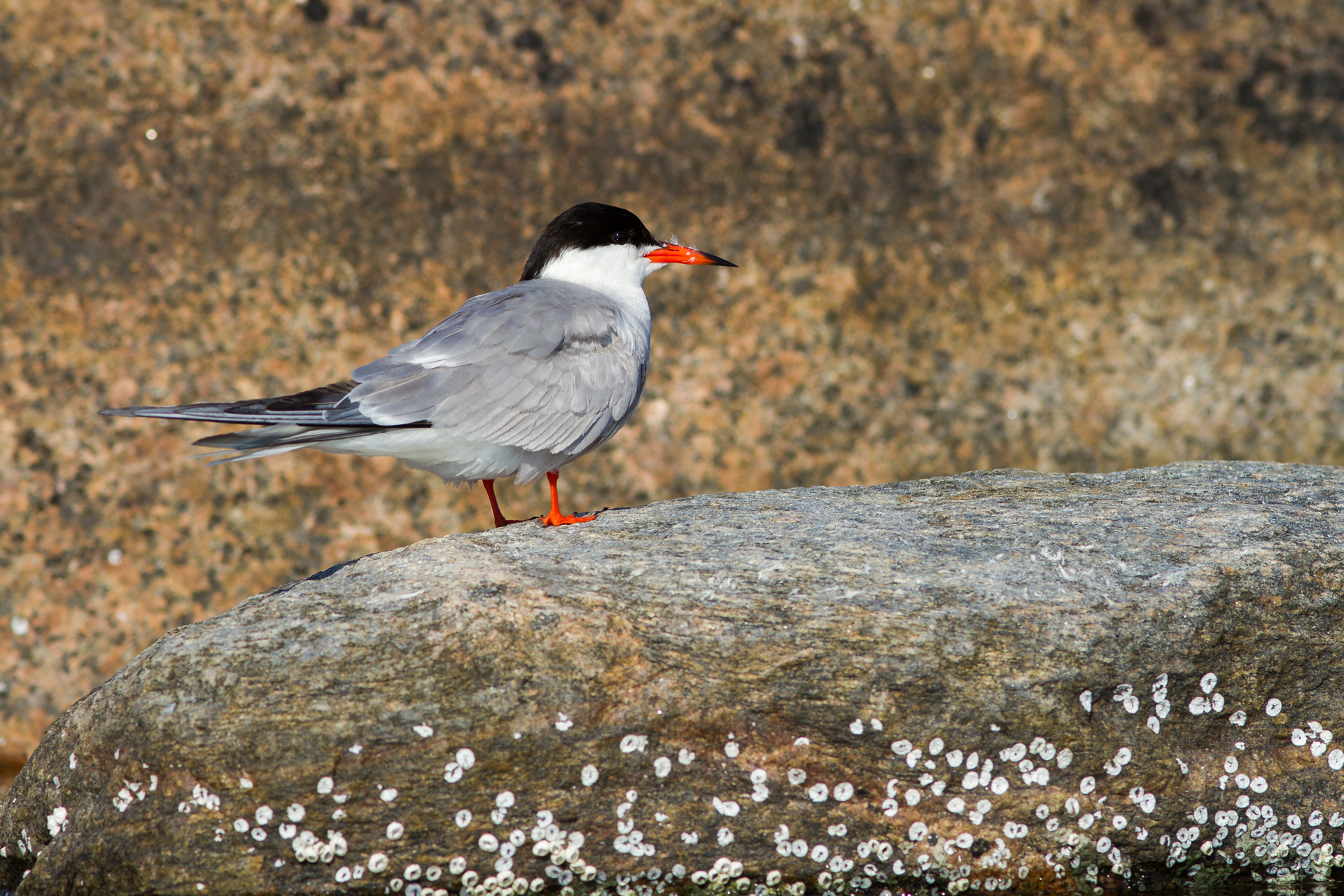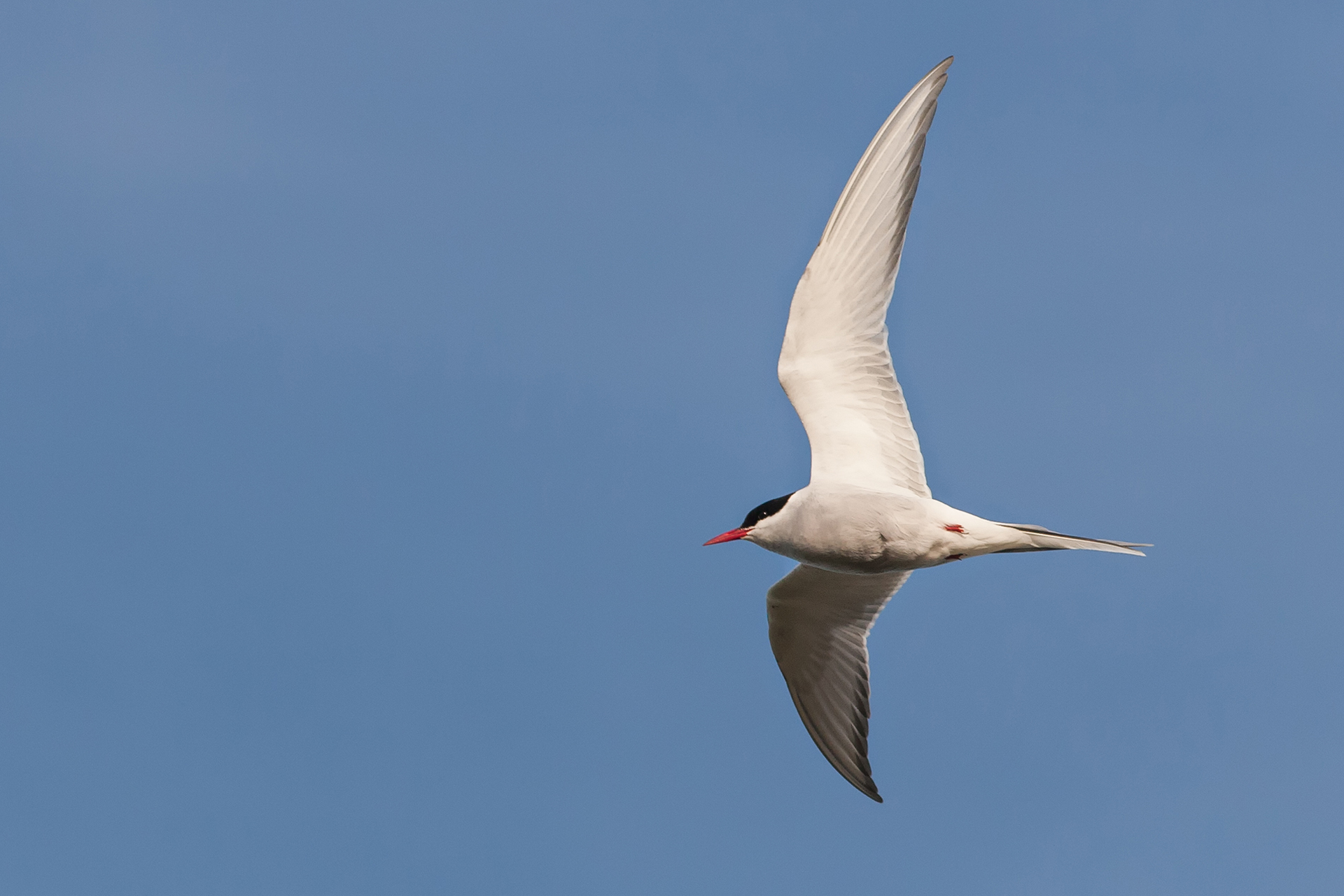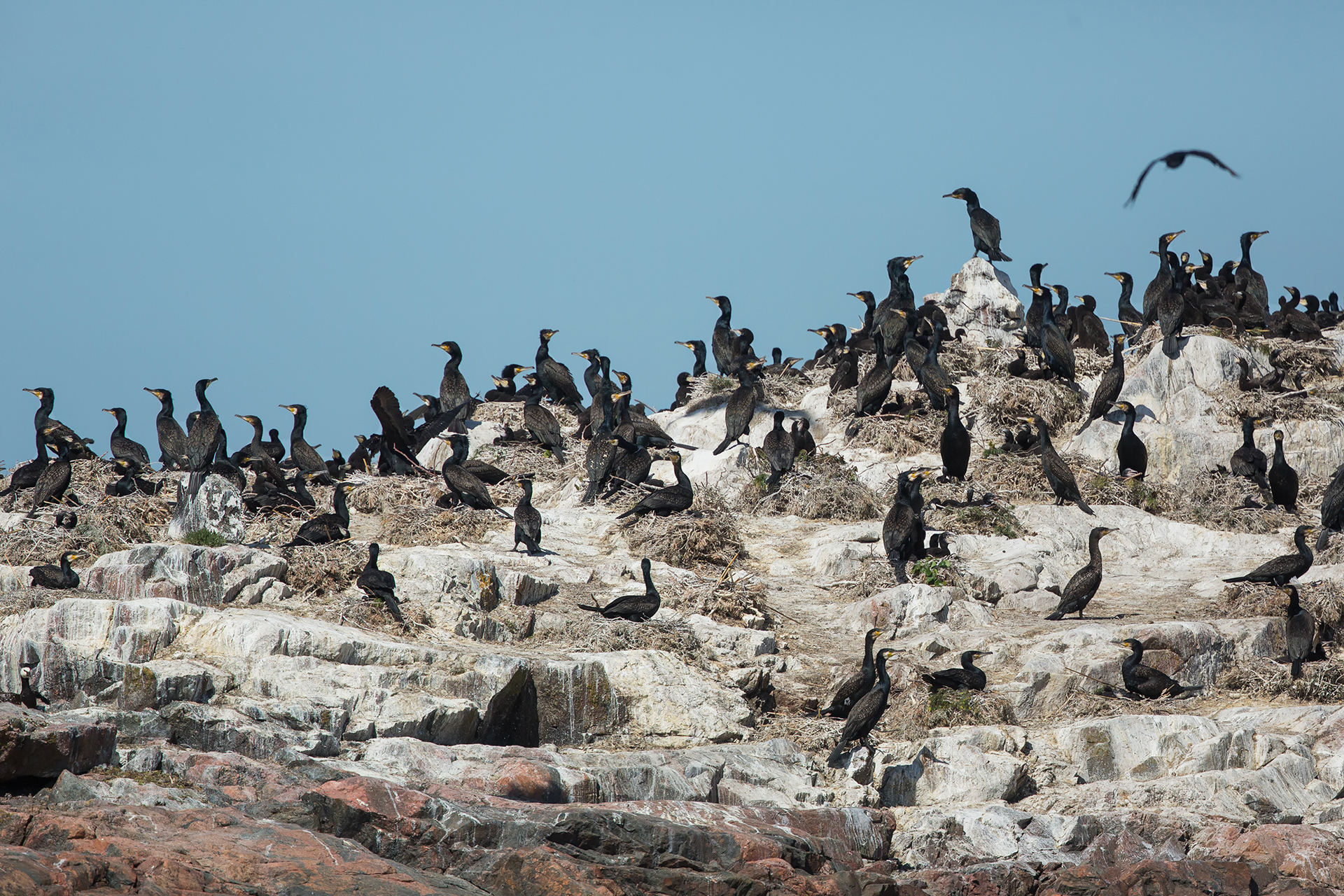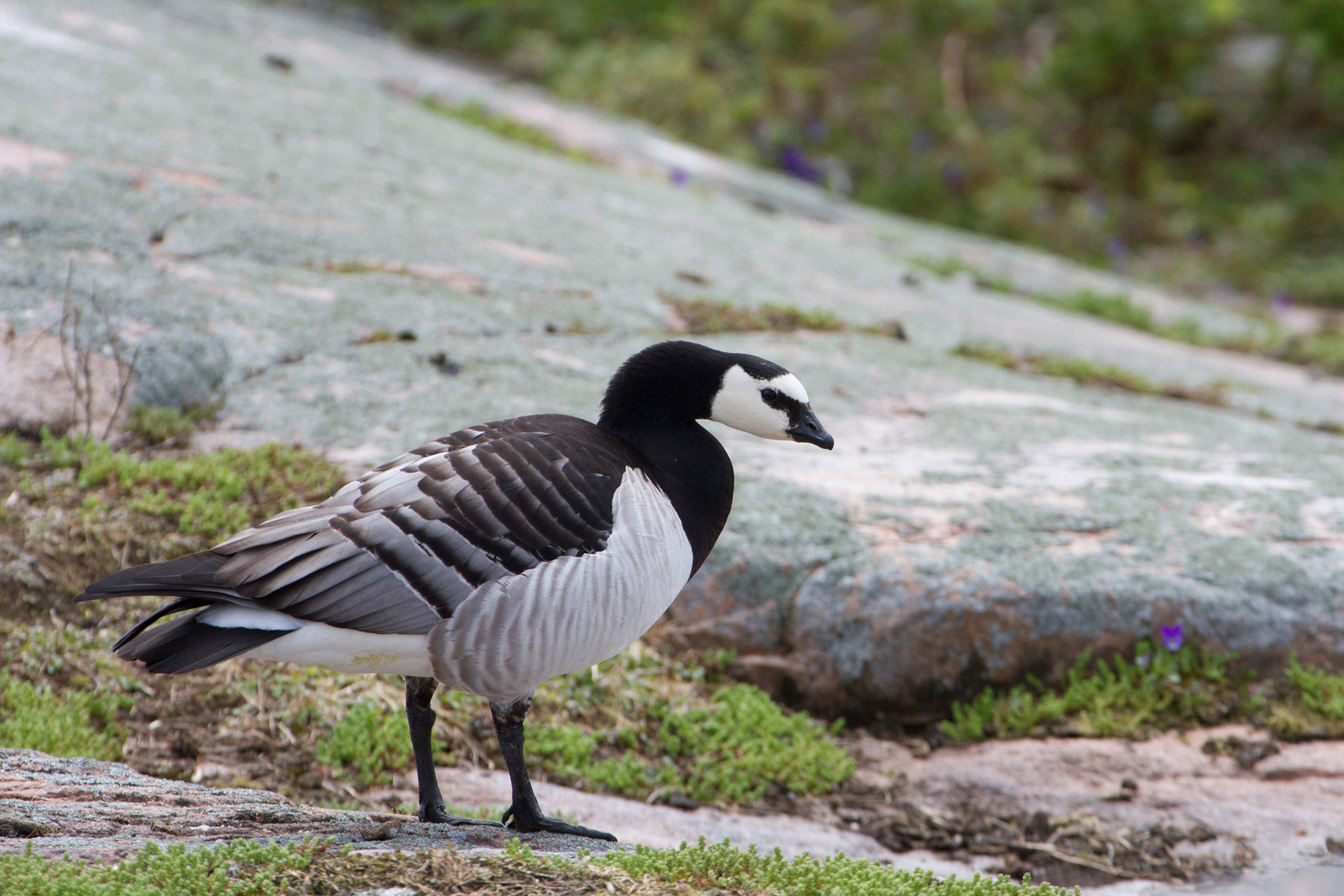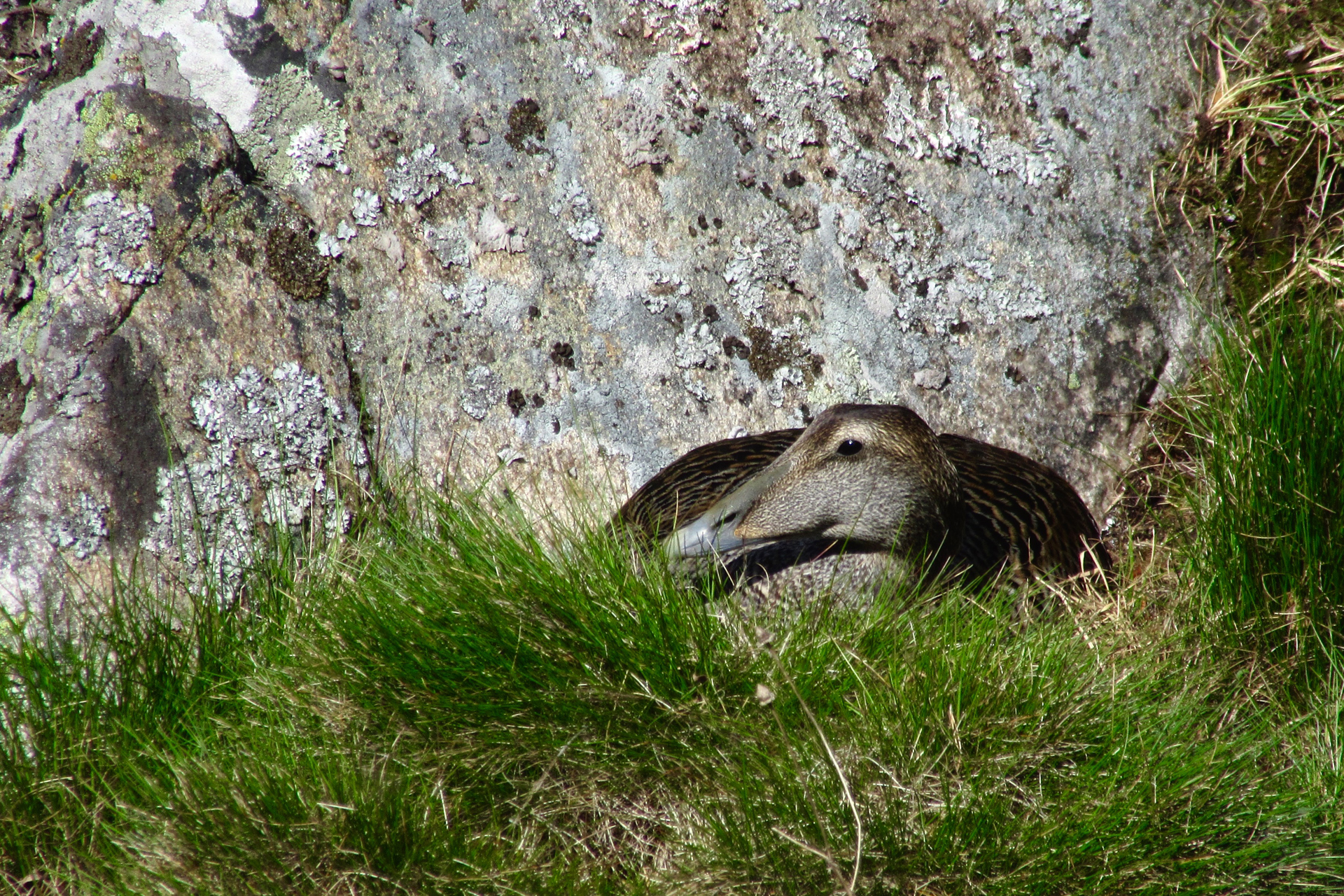Terns are genuine globetrotters
The majority of terns nesting here in the inner archipelago are common terns. Their close relative, the Arctic tern, is more common in the outer archipelago and northern Finland. However, there are some Arctic tern pairs nesting among the common terns on Ruissalo’s islets as well. Terns travel great distances to nest here – and equal distances again when they leave in the autumn. Common terns overwinter on the coast of Africa south of the equator, but the Arctic tern is the true globetrotter: they spend their winters in the sea areas surrounding Antarctica, flying over to Finland for just a few summer months. In fact, the Arctic tern’s migration is the longest migration in the animal kingdom – up to 96,000 kilometres a year. That’s over twice the circumference of the Earth, which means that the Arctic tern, over the course of its lifetime, travels a distance corresponding to four round trips to the moon!
Terns can be distinguished from gulls by their slender build and light way of flying. Their vocalisations are also distinctive (‘tee-rey’ or ‘tee-ray’). Common and Arctic terns can be told apart by the following distinguishing characteristics:
- the common tern’s red beak often has a black tip
- the Arctic tern’s wing is translucent in flight and the tip has a dark back edge
- the Arctic tern’s feet are very short
- the Arctic tern’s tail is long, extending past its wingtips when the bird is sitting
